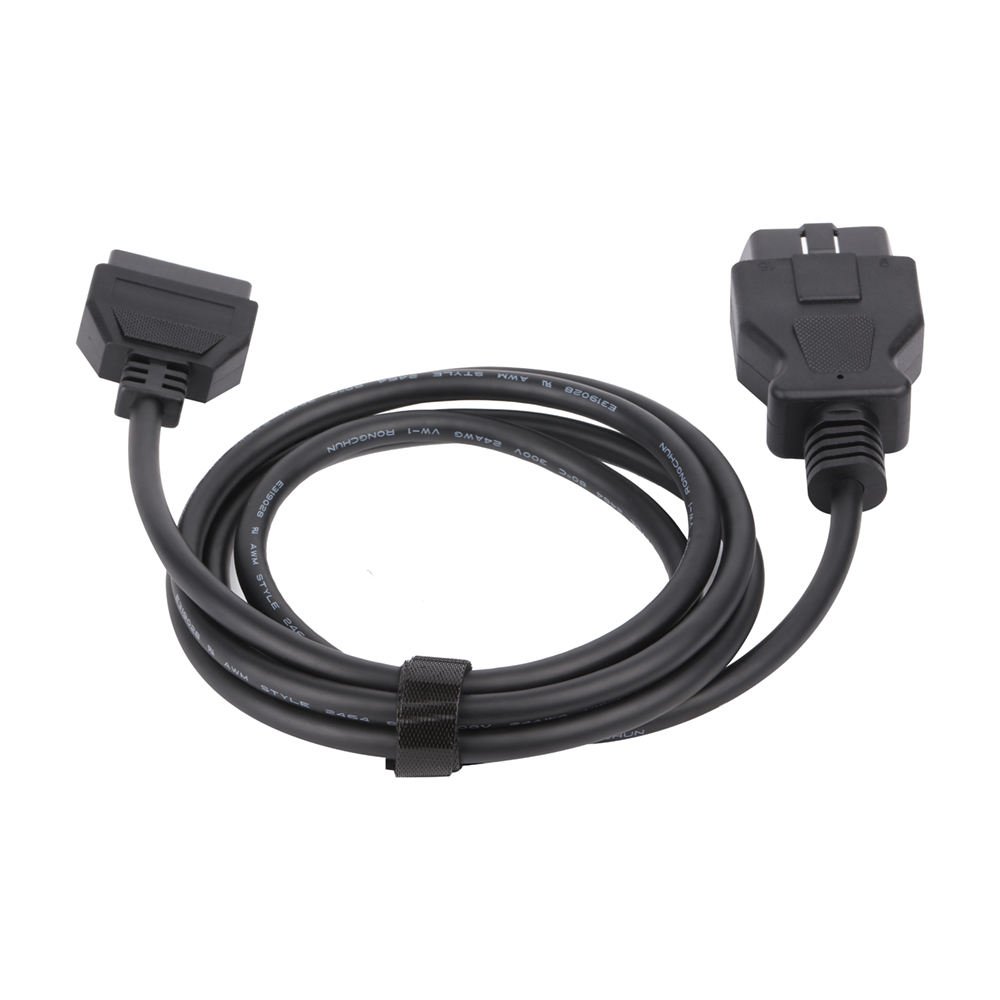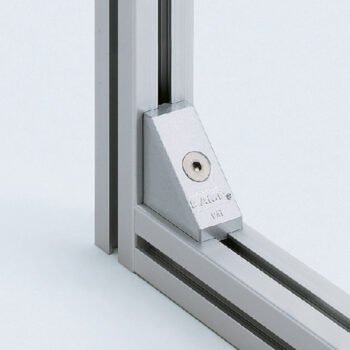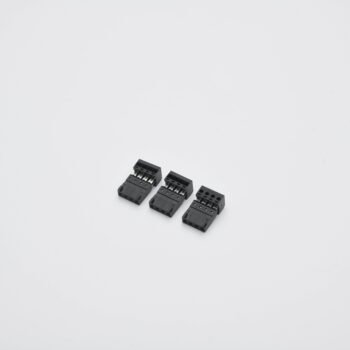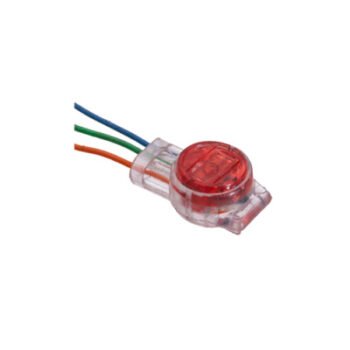Description
– An OBDII extension cable extends the connection between a vehicle’s OBDII port and diagnostic tools, allowing for easier access to the port and protecting the port from wear and tear.
– These cables typically feature a male OBDII connector on one end and a female connector on the other, and are available in various lengths and with different features like flat ribbon design or built-in termination resistors.
Key Features:
Extended Reach:
The primary function is to provide extra length, making it easier to connect diagnostic tools when the OBDII port is in a difficult-to-reach location or when vehicle parts interfere with access.
Protection:
The cable helps to protect the vehicle’s OBDII port from damage caused by repeated plugging and unplugging of diagnostic tools, according to a product review from Amazon.
Flexibility:
Some cables are designed with flexible materials like thermoplastic rubber, allowing them to be bent and shaped as needed, notes a product page from Kvaser.
Durability:
High-quality materials like nylon and copper are used in some extensions to ensure durability and reliable connections.
Compatibility:
Most OBDII extension cables are designed to be compatible with all standard OBD2 diagnostic tools and protocols.
Optional Features:
Some cables may include features like built-in termination resistors (120 Ohm) for specific applications, or flat ribbon design for easier routing.
Multiple Connectors:
Some extensions, like the Y-shaped OBD2 splitter, allow for connecting multiple devices simultaneously.







Reviews
There are no reviews yet.